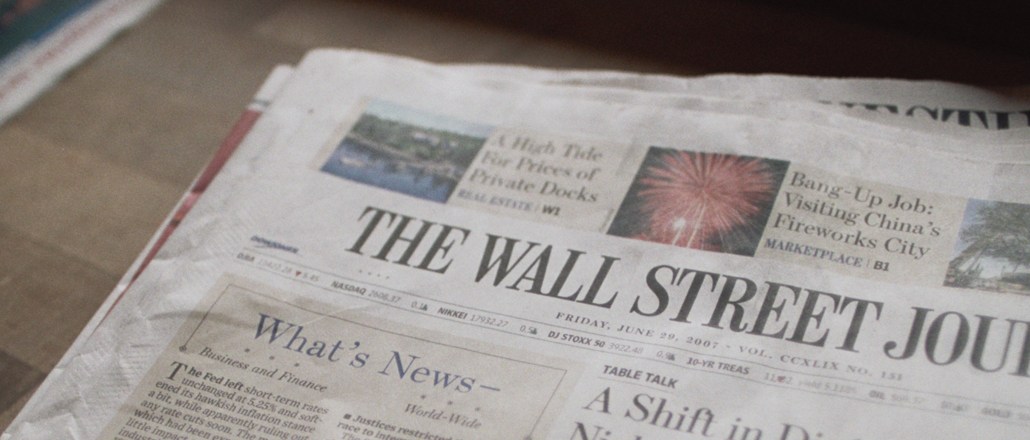Save 50% on a 3-month Digiday+ membership. Ends Dec 5.

The Wall Street Journal is exploring new ways to drum up revenue from readers, including an ad-free version of its digital platforms, the possibility of charging on a per-article basis and even charging extra for home delivery, according to an online survey it is sending out to readers.
Like all publishers with advertising as part of their model, the Journal is looking to get more money from readers as it grapples with declining ad revenue. The Journal is a publishing outlier in that it gets more money from readers than advertising; circulation revenue surpassed advertising revenue in the last fiscal year.
The Journal has been protective of that revenue stream. It’s been conservative about spreading its editorial content on social platforms such as Facebook where the monetization opportunities are unclear. It’s closed up loopholes that enabled people to access articles for free and built a module to share articles across News Corp publications.
In the survey, the Journal laid out several initiatives it was exploring and asked respondents for their feedback as well as about their willingness to pay for Journal content at different price points.


In the case of the ad-free version for digital platforms (smartphone and tablet apps and website), the Journal said in the survey that it was under exploration but didn’t say if or how much more it would cost. In the case of the per-article charge, the Journal said it was considering 79 cents an article. It also said it was considering charging for delivery of the print edition, but didn’t elaborate on what the cost would be. The Journal said it also was looking into a dedicated crosswords and puzzles app.
Ad position: web_incontent_pos1
Asked for comment, The Journal provided a statement, saying: “As a membership business, The Wall Street Journal is always looking to build on its knowledge to enhance and innovate the experience for members. We have a constant feedback loop with our members and this is just one example.”
The Journal currently charges $32.99 a month for either print or all-access digital also, while the print-digital bundle costs $36.99 a month. The Journal has set a goal of reaching 3 million subscribers to all Dow Jones products (which includes the Journal as well as Barron’s, Financial News and other products) by the middle of this year. Subscriptions across Dow Jones are now a little over 2.5 million (2 million of which are WSJ), about equally split between print and digital.
The Journal isn’t alone in exploring an ad-free option. The New York Times has said it’s preparing an offering that will cost more than the regular digital subscription, in response to the growing number of people using ad blocking software. A handful of others have gone this route, too, including Wired and The Atlantic.
There’s been growing interest in micropayments from publishers, but there’s skepticism that they’ll catch on with readers because of the hassle factor.
The most controversial of the ideas may be charging for home delivery, something the Journal seems to be aware of, judging by a question asking readers if they considered such a charge to be “reasonable” or not.
More in Media

Digiday+ Research Subscription Index 2025: Subscription strategies from Bloomberg, The New York Times, Vox and others
Digiday’s third annual Subscription Index examines and measures publishers’ subscription strategies to identify common approaches and key tactics among Bloomberg, The New York Times, Vox and others.

From lawsuits to lobbying: How publishers are fighting AI
We may be closing out 2025, but publishers aren’t retreating from the battle of AI search — some are escalating it, and they expect the fight to stretch deep into 2026.

Media Briefing: Publishers turn to vertical video to compete with creators and grow ad revenue in 2026
Publishers add vertical video feeds to their sites to boost engagement, attract video ad spend and compete with news creators.
Ad position: web_bfu








